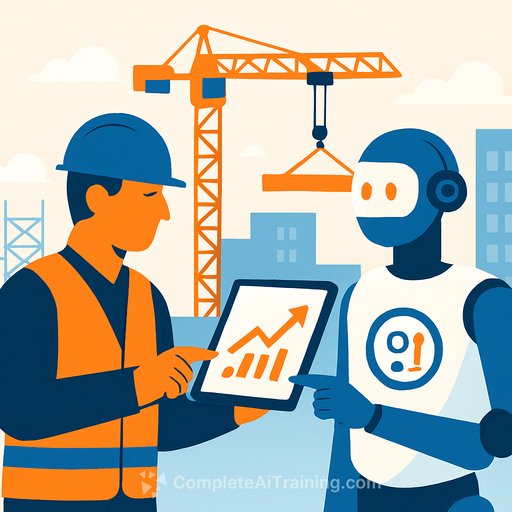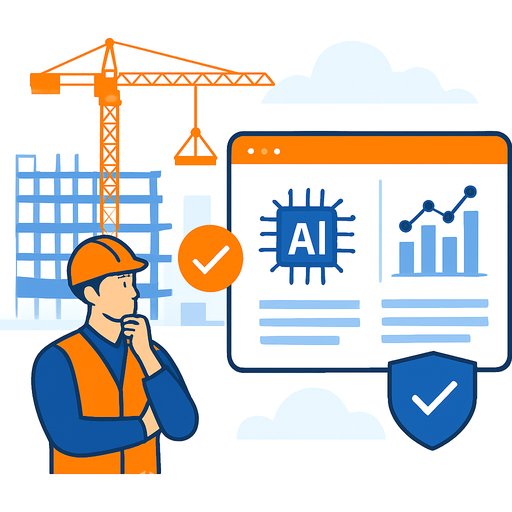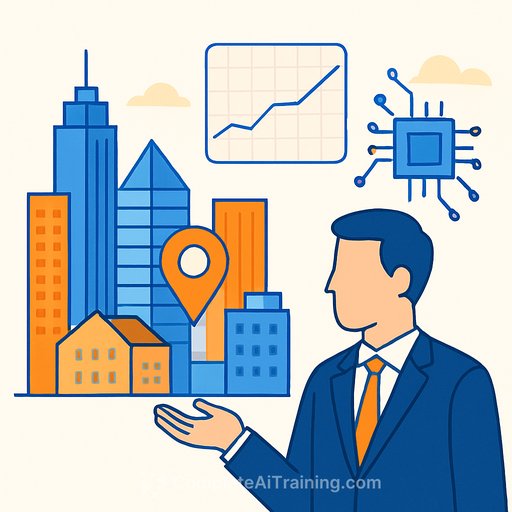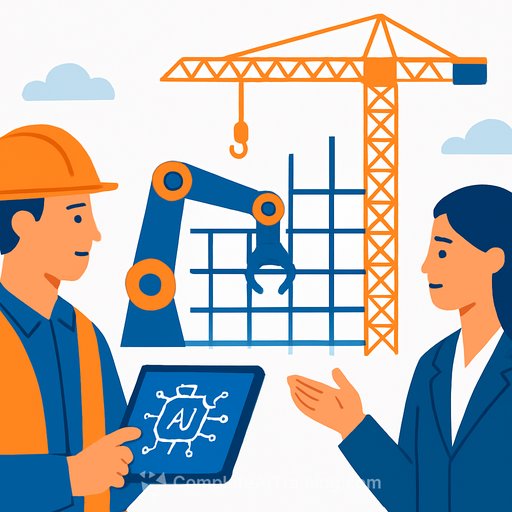How AI is Tackling Inefficiencies in Commercial Construction
Commercial construction lags behind many industries in adopting digital technologies. This slow modernization results in outdated documentation, frequent errors, and tasks that often need to be redone. These inefficiencies cause administrative delays, waste materials, and inflate budgets. According to a McKinsey Global Institute report from August 2024, these factors collectively contribute to nearly $1 trillion in lost productivity annually.
One key reason for this is the historically low IT investment in construction. Companies have spent less than 1% of their revenues on information technology—less than a third of what automotive and aerospace industries invest.
From Construction Foreman to AI Innovator
Sarah Buchner knows these challenges firsthand. Daughter of a carpenter in Austria, she moved to the U.S. and rose through the ranks from construction worker to foreman, superintendent, and eventually contractor. At her peak, she managed a $400 million high-rise project with 600 workers.
After experiencing a workplace fatality—a common but tragic event in construction—Buchner shifted her focus to improving health and safety through software. With the rise of AI, she launched Trunk Tools, a generative AI platform built on real construction workflows.
How Trunk Tools Improves Construction Workflows
Trunk Tools targets the massive volume of unstructured documents that construction sites generate. For example, a typical high-rise project in New York City requires around 3.5 million pages of documentation that change daily as plans evolve.
This constant flux leads to conflicting orders. A simple example: an emergency exit door installation might require electricity according to one document, but electrical plans don’t show an outlet there. These discrepancies cause wasted time, money, and contribute to unnecessary carbon emissions.
Trunk Tools uses AI and machine learning to process millions of documents—from blueprints and drawings to schedules and specifications—and convert them into clear, actionable formats. This reduces confusion on site and helps workers follow accurate instructions.
Partnerships and Funding
The startup is working with Microsoft to integrate its technology into a wider suite of construction tools. Recently, Trunk Tools secured $40 million in Series B funding, led by Insight Partners and joined by investors like Redpoint Ventures and Liberty Mutual Strategic Ventures. This brings total funding to $70 million.
Why This Matters for Real Estate and Construction Professionals
- Improved documentation clarity reduces rework and delays, saving time and money.
- Automating tedious tasks frees up teams to focus on critical project management and safety.
- Accurate data management helps control budgets and reduces environmental waste.
For professionals in real estate and construction, staying informed about AI tools like Trunk Tools can provide a competitive edge. Learning how to integrate AI-driven solutions into workflows is becoming essential for improving project outcomes.
Explore more about AI applications in construction and related fields at Complete AI Training.
Your membership also unlocks:






